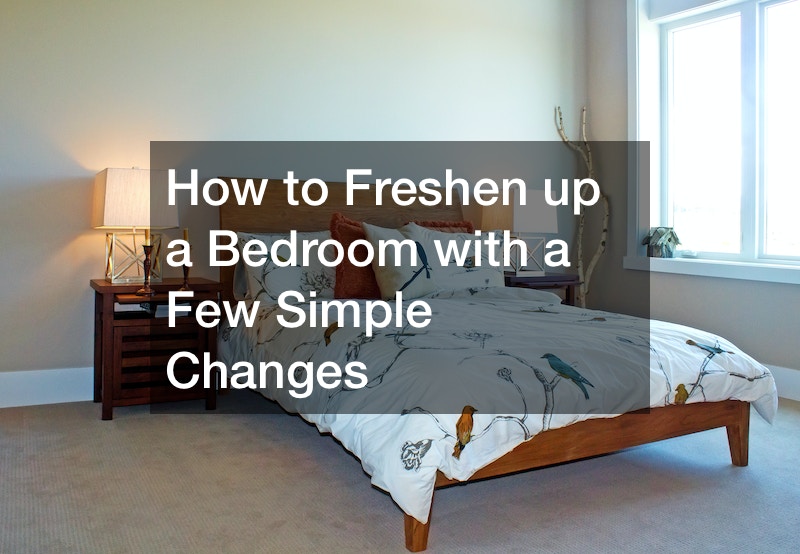
For many homeowners, the process of building an addition to their house is a challenging experience. A lot of work goes into making sure the investment provides adequate space in your house while also making sure that it positively impacts your home’s resale value. This is enough to make you rethink whether, to begin with, the project or not. There is also the dreaded cost factor to consider, and if done poorly without a proper plan in place, the house addition could end up leaving you in debt. Fortunately, there is a solution that can guide you on how to build an addition on your house without going into debt. All you need to understand are the cost factors that will help you to determine how to plan a cost-effective budget for your house addition.
Calculate Size

Size is an important factor to consider when calculating the cost of how to build an addition on your house. This is why most people inquire about how much a house addition costs per square footage. The downside of it is that it’s quite hard to determine the cost per square foot since home additions differ from each other. They each have their specifications, challenges, and needs depending on which type you choose to go with. The differences in these factors make it hard to estimate costs per square foot for these projects. In general, two things are definite in determining square foot costs for a house addition.
- A large addition equates to a high total cost. Having more square footage means that you will have to dig deep into your pockets to finance the house addition. You will need to cater for paying labor and materials for each square foot.
- Getting a large house addition translates to you spending low costs per square footage. It sounds counterintuitive because there are some fixed costs involved when you decide to build a house addition. Be it 1,000 or 100 square feet, you will likely need to take care of the payment for labor, permits, and design, which are unavoidable costs. So, the more square footage in your house addition, the more you spread out your fixed costs.
Determine Shape

For most design experts, the most beneficial and cost-effective shape of how to build an addition on your house is to build a home in a rectangular shape. Planning out a home with 90° corners and four straight sides is an easier alternative to building and efficiently using your building materials. If you are looking for effective ways to build an addition to your house at low costs, consider incorporating a rectangular footprint into the design of it. Alternatively, you are likely to chip in additional costs if you choose to build a house addition with a nonstandard shape. Going for complex shapes or circular rooms will generate more costs on your planned budget.
Decide Architectural Style

You should consider the architectural style you want the house addition to follow and make decisions on how to build an addition on your house. More often than not, homes with unique architectural styles cost more to build. This is because various architectural styles have their own rules for designing everything that will be used in the process of how to build an addition on your house. They affect everything, from how the pitch angle of your roof is going to be installed to the materials used during its construction. To guarantee that your house addition confirms your main house, builders and designers strive to achieve the house design according to architectural style. Detailing your house addition’s design will require the expertise and time of a designer and builder, which may see you adding more funds to the total cost. For instance, a midcentury building’s architecture contains architectural details such as open floor plans, large windows, and horizontal lines. To achieve building an architectural style like this one, a designer needs to consider material, aesthetic and structural limitations. Installing large windows will cost more than when you choose to install standard-sized ones. A transitional style home is much more flexible in designing home additions for it compared to Victorian-style houses. This is because transitional-style homes are built using a mixture of both contemporary and traditional influences.
Consider Structure
When it comes to structuring, two major factors can determine the cost of your house addition. They are:
-
Levels
When building a home addition, you can choose for it to be on one level or several depending on your preferences. You can have it built below the main house, above it, or on its side. So if you are considering investing in a home addition, one of the main things you should figure out is the number of levels you want it to be. It’s not surprising that going for a single-story ground-level house addition is one of the cost-efficient options to choose if you are looking to save money on building a home addition. Choosing a two-story house addition is suitable if you are looking for a cost-effective way to save on per square foot costs. You should, however, remember to not confuse a second-story addition with a two-story addition as they are both different types of home additions.
Second-story additions are single leveled room additions built on top of an existing building, while two-story additions are made up of two levels. Building second-story house additions costs more than building ground-level ones. This is due to second-story additions needing reinforced structures on the lower level for them to be built. Basement additions are the most expensive out of all the types of home additions. This is because building a basement addition to a home will first need the house to be lifted on jacks. The existing home’s foundation will then be removed before a new one is placed by reliable concrete contractors. Getting a basement house addition is effective in providing you with more room space but can’t be built upward or outward. They are, however, more expensive due to the rigorous process required to install them.
-
Foundation
This is another factor to keep in mind when planning on how to build an addition on your house structure. It impacts mostly ground-level home remodels but has a significant effect on basement and second-story additions, too. There are typically three choices you can choose from to build foundation structures. They are basement, space, crawl, and slab.
A slab foundation is essentially implied in its name, since it consists of a flat slab of concrete on which a building is constructed. They are the least costly foundation choice. Most standard homes are built on crawl space foundations which incorporate using concrete walls to lift the structure of a home above-ground levels. Since they require more planning and labor, crawl spaces are more costly than their slab counterparts. The most highly-priced foundation choice is the best. Although they cost twice—sometimes more—the price of crawl spaces, basements are beneficial to your home in that they increase your home’s value and the room space in your home.
Tie-In
This is one of the most challenging factors in determining the cost of how to build an addition on your house. This is because a tie-in is crucial in estimating how a house addition connects to the main house. The point of contact between these two structures can present a few problems. To be considered cost-effective, a house addition’s tie-in needs to have a rate of additional square footage to linear tie-in footage. What it means is that every house addition has to tie in with the main house, usually at sets of walls or exterior walls. In some cases, a home addition may tie in with an entire side of a home. This means that the builder has to make sure all points of connection between the house addition and the main house are structured and secured safely. So essentially if there are more linear feet in the connection between a home addition and the main house, the more the tie-in will cost.
Decide the Finish Material

Though they don’t have a large consequential impact on the structuring materials needed for house renovations and the process of how to build an addition on your house, finishing materials can have an impact on your budget if not planned effectively. These are just some of the instances where finishing materials can affect costs on your house addition project.
-
Windows
It may sound surprising to some, but windows are expensive to purchase, sometimes contributing to the skyrocketing of a planned budget. For a cost-effective option, vinyl windows are a preferred choice. Though they offer an inexpensive solution to most contemporary houses, some homeowners like to use metal or wood materials for their windows in home additions. If you are looking to have your house addition match the windows of your main house’s high-end ones, you may end up spending more on costs. Additionally, the size of windows can also play a role in altering your costs. Windows usually come in standardized sizes, so if you have a house addition that needs customized windows to fit its window openings, you will have to pay a high price for it. To keep costs low on purchasing windows, consider getting standard sizes or vinyl frames for your house addition.
-
Siding
The cost of siding is also dependent on which type of material and what kind of siding procedure you decide to have installed on your home addition. Going for vinyl lap siding is an ideal choice if you are looking for a cost-effective option. This is because vinyl is a cheap material that requires an easy installation process. For a much more durable option, you can choose to go with a hard plank as it lasts longer, has a good appearance, and is affordable. Shakes or cedar laps tend to be high priced but offer an aesthetic and traditional appearance. Stone is the most expensive siding choice. The material used may not be expensive, but the masonry needed for the task is intensive and requires specialized skills to install. When it comes to windows, the challenge comes in when you are working with the material already built.
Interior
Finishing and trimming the house’s additional interiors also plays a part in affecting your budget’s total cost and the steps taken on how to build an addition on your house. Paint, baseboards, flooring, and drywall are some of the items you need to consider as they all determine what the total cost you are going to spend will be.
You may be thinking of building a new addition to your house, but you are afraid that it will not be affordable. When you factor in everything from unexpected costs to permits and construction delays, building an addition without going into debt can seem like an impossible task. But it doesn’t have to be so. A good way of making sure you stay within your budget and not go into debt is to hire the services of a building contractor. A contractor will guide you on how to build an addition on your house using cost-effective ways. They have enough knowledge about how these types of projects work and what materials are needed for the entire process. They will take care of everything needed to make the home remodeling project seamless by getting hold of roofing services to install the roof in your house addition. Other services they may make sure to provide are plumbing service from a reputable plumbing company, air conditioning service from a professional HVAC company to take care of air conditioning installations, a door contractor to install doors, and bath remodelers if you are adding a bathroom. A contractor will also secure framing contracting to make sure your house addition project is well taken care of.
Having a contractor take care of your house addition project will help in making a list of materials needed for it. Some of the items you will need include insulation, siding, framing, sheetrock, and lumber before they head to the store. They can also recommend you to use your materials as this will help you save on money as well as help conserve the environment by reducing waste. A contractor also helps to reduce the costs of buying tools because they come on their own.



